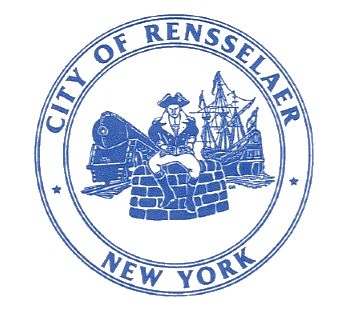The common council of the city of rensselaer implemented the automated or outside remote meter reading and billing system, so as to more efficiently account for water usage, and eliminate estimated billing.
Water is billed semi-annually for residential customers & monthly for commercial
Water rates are
$5.95 per thousand gallons
Minimum charge - $75.00-residential; $55.00-commercial
Seals on meters must be intact. If broken accidentally, the water department must be notified immediately. Broken seals not reported will result in a $1,000.00 fine.
All delinquent water rents as of july 1st will be relevied with the following year’s property taxes, plus a $250.00 relevy fee or may result in termination of service.
Payments may be made in person or mailed to:
The city treasurer’s office
62 washginton st
Rensselaer, NY 12144
Rensselaer stormwater management program:
Lawn and garden care / swimming pool information sheet
If your water bills seem high:
Stop the leak !!!!!!
You probably do not realize that a dripping faucet or other unsuspected leaks may be the cause.
Water waste at 40 pounds pressure
- A 1/32” leak wastes 170 gallons in 24 hours
- A 1/16” leak wastes 600 gallons in 24 hours
- A 1/8” leak wastes 2500 gallons in 24 hours
Test for leaks!
Even if you don’t have a dripping faucet, you could be wasting water through invisible leaks. One way to test for them (as long as you don’t have appliances, such as icemakers, that use water automatically) is to turn off all the faucets in your home and then check to see if your water meter has moved after 15 minutes. If it does, you need to track down the leak. Since toilets are a common cause, drop a little food coloring into each tank. Wait 15 minutes and don’t flush. If color shows up in the bowl, you have a leak that likely can be fixed with an inexpensive valve seal.
Modify your toilet!
Old-fashioned toilets use as much as 5 gallons a flush, new water-saving toilets use 1.6 gallons. If you don’t want to replace the entire unit, put a plastic, 1 qt. Bottle (put in an inch of sand to weigh it down, then fill with water) into your tank, away from the operating mechanism. The decrease in water volume is unlikely to affect the efficiency of your toilet, and you’ll save 5 or more gallons each day.
Shower smart!
Cut your water bill significantly by replacing standard showerheads with inexpensive low-flow heads, and by taking shorter showers.
Watch when you water
If you must water your lawn, deep soak it, since light watering tends to encourage shallow root systems. You should also water early in the morning when less moisture is lost to wind and heat. Mulching around plantings is a great way to slow evaporation and reduce water needs.
See the link below for information from the United States E. P. A. about your Drinking Water
Basic Information about Your Drinking Water
Where does our water come from?
We purchase our water from the city of troy. The city of troy draws its water from the spring fed tomhannock reservoir. Water flows from the tomhannock reservoir to the troy water treatment plant (twtp); a complete treatment facility. The treatment process at the twtp consists of: disinfection with chloride dioxide to protect against contamination from harmful bacteria and other organisms, coagulating, sedimentation, filteration, and flouridation at low levels to protect teeth.
Finished water from the twtp is piped to our distribution system. We have two 5 million gallon tanks which enables us to meet consumer demand and to provide adequate fire protection.
